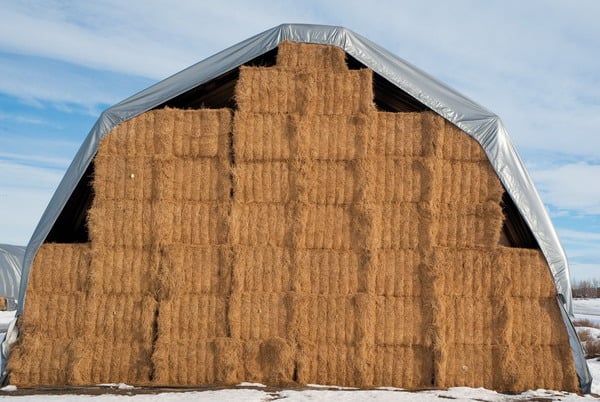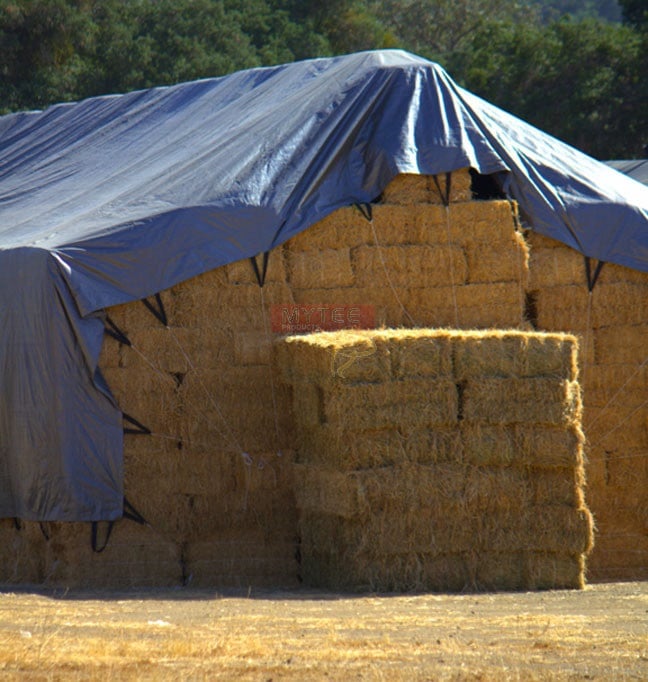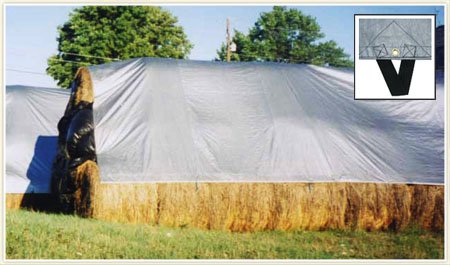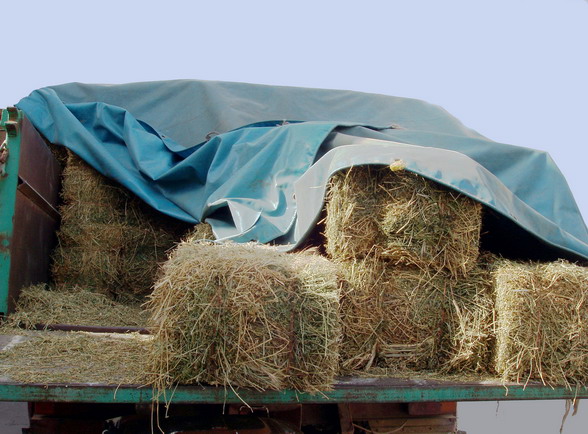With as many as three crops per year, it is common for alfalfa farmers to sell bales of harvested hay by volume. They charge by bale, under the assumption that all of their bales will be of similar size at shipment. But is there a better way? Could it be that selling hay by weight rather than volume is better for customers? It could be.
According to a very informative article published on the Brownwood Bulletin (Brownwood, TX) website, customers who purchase hay by the bale are always taking the risk of getting smaller bales that do not provide enough volume and may not have been adequately protected against moisture, via hay tarps or other protective means. Author Scott Anderson recommends buying by weight rather than volume.

His assertion is based on the reality that there is always waste involved when hay is purchased. That waste occurs on two fronts. First, cattle typically do not eat all of the forage presented to them. All sorts of factors influence this. The age of the animals, the quality of the forage, and even the time of year all affect how much is actually eaten. What is not consumed ends up as waste.
The other area of waste is the natural waste that comes with every bale. Anderson contends that among bales of hay that are properly protected by barns or hay tarps, only about 5% is classified as unusable waste. That number jumps dramatically for hay that is not protected. Bales left out at the mercy of the weather can end up containing as much as 28% waste when it comes time to actually break apart a bale and start feeding animals.
Why Purchasing by Weight Is Better
Purchasing hay by weight is better for the customer, again for two reasons. First, purchasing by weight eliminates much of the waste associated with cattle not eating everything provided for them. A farmer or rancher who takes the time to figure out roughly how much forage his animals will eat during the course of an average week or month will know how much hay he needs to have on hand. Purchasing by weight makes it possible to get just what the customer needs without the risk of buying too much that will eventually go to waste.
For example, let’s say a farmer is looking at 1,000 pounds of hay with an average 5% waste. For every thousand pounds purchased, 950 pounds is usable. All the farmer needs to do is calculate how much he will need for feed between deliveries and purchase just that amount.
The second reason for purchasing by weight is to force the producer to know what he is selling. If a farmer doesn’t want to lose a customer, he will take the time to weigh hay bales – and verify their weight – in order to ensure that the customer is getting what he is paying for. The farmer willing to do that is also one who is likely to make the effort to protect hay both in the field and after it comes in.
If a farmer is selling by weight, he certainly does not want to expose his customer to 28% waste, which is why he is more likely to use hay tarps in the field and either store hay in the barn or under larger tarps once the crop is brought in.
Selling hay by weight rather than volume is better for customers. In the end, it is also better for farmers from as well.
Sources:









